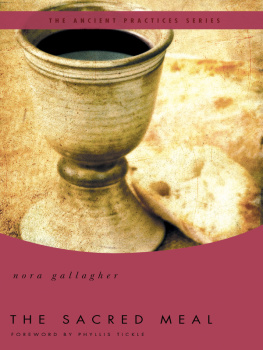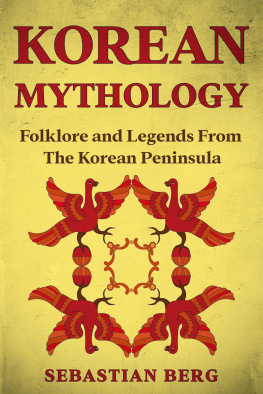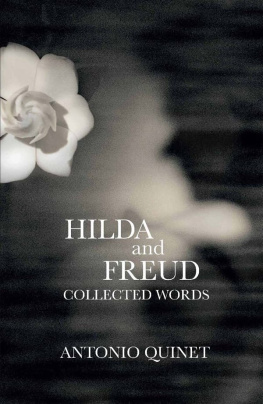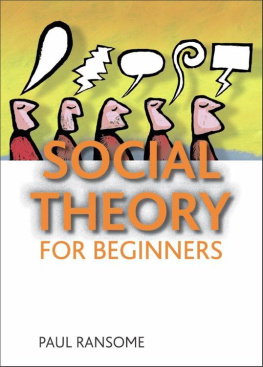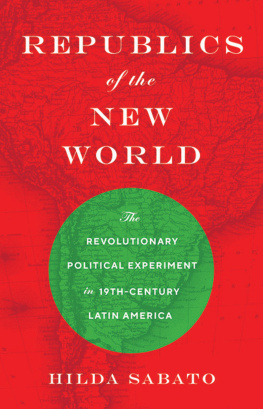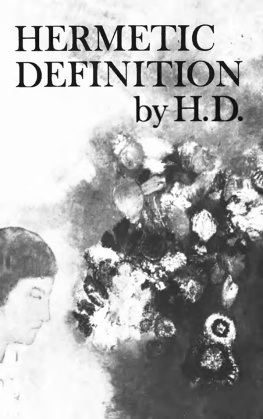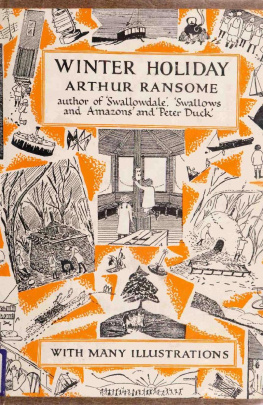Hilda M. Ransome - The Sacred Bee in Ancient Times and Folklore
Here you can read online Hilda M. Ransome - The Sacred Bee in Ancient Times and Folklore full text of the book (entire story) in english for free. Download pdf and epub, get meaning, cover and reviews about this ebook. year: 2012, publisher: Courier Corporation, genre: Religion. Description of the work, (preface) as well as reviews are available. Best literature library LitArk.com created for fans of good reading and offers a wide selection of genres:
Romance novel
Science fiction
Adventure
Detective
Science
History
Home and family
Prose
Art
Politics
Computer
Non-fiction
Religion
Business
Children
Humor
Choose a favorite category and find really read worthwhile books. Enjoy immersion in the world of imagination, feel the emotions of the characters or learn something new for yourself, make an fascinating discovery.

- Book:The Sacred Bee in Ancient Times and Folklore
- Author:
- Publisher:Courier Corporation
- Genre:
- Year:2012
- Rating:3 / 5
- Favourites:Add to favourites
- Your mark:
- 60
- 1
- 2
- 3
- 4
- 5
The Sacred Bee in Ancient Times and Folklore: summary, description and annotation
We offer to read an annotation, description, summary or preface (depends on what the author of the book "The Sacred Bee in Ancient Times and Folklore" wrote himself). If you haven't found the necessary information about the book — write in the comments, we will try to find it.
The Sacred Bee in Ancient Times and Folklore — read online for free the complete book (whole text) full work
Below is the text of the book, divided by pages. System saving the place of the last page read, allows you to conveniently read the book "The Sacred Bee in Ancient Times and Folklore" online for free, without having to search again every time where you left off. Put a bookmark, and you can go to the page where you finished reading at any time.
Font size:
Interval:
Bookmark:



Library of Congress Cataloging-in-Publication Data
398.24525799dc22
Dover Publications, Inc., 31 East 2nd Street, Mineola, N.Y. 11501
The chiefest cause, to read good bookes,
That moves each studious minde
Is hope, some pleasure sweet therein,
Or profit good to finde.
Now what delight can greater be
Than secrets for to knowe
Of Sacred Bees, the Muses Birds,
All which this booke doth showe.
OF bees especially the proverb holds good, Truth is stranger than fiction. Among all the members of the insect world bees and ants have aroused greater interest than any others, but it is the bees who have been of paramount use to man. As we look back upon their history we become more and more convinced that it is impossible to over-estimate their value to man in the past.
Ever hovering on the wing,



Font size:
Interval:
Bookmark:
Similar books «The Sacred Bee in Ancient Times and Folklore»
Look at similar books to The Sacred Bee in Ancient Times and Folklore. We have selected literature similar in name and meaning in the hope of providing readers with more options to find new, interesting, not yet read works.
Discussion, reviews of the book The Sacred Bee in Ancient Times and Folklore and just readers' own opinions. Leave your comments, write what you think about the work, its meaning or the main characters. Specify what exactly you liked and what you didn't like, and why you think so.

